Overview of Purple Moorgrass ‘Variegata’
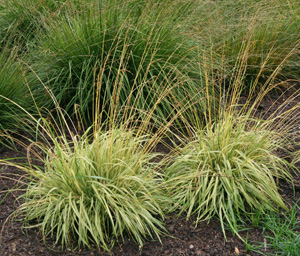
Purple moorgrass (Molinia caerulea) is a perennial grass native to Eurasia and northern Africa. It is a highly variable species and two subspecies are often recognized – ssp. caerulea and ssp. arundinacea – but many intermediates occur. The cultivar ‘Variegata’ is a superior ornamental selection with lovely variegated foliage from the caerulea group. This cool-season, clump-forming bunchgrass is found in moist heathland, bogs and moorland in its native habitat, and it is hardy in zones 4a-8b.
This is a short and delicate grass compared with many other commonly used ornamental grasses. Dense clumps grow 12-18″ tall, gradually getting wider over the years – but often forming a hollow center as many grasses do when mature. The coarse leaves are long, flat and taper to a point at the end.
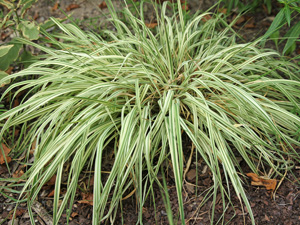
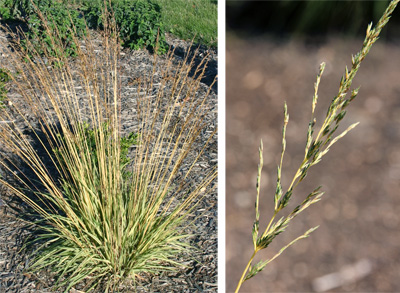
The foliage is striped lengthwise in green and creamy white, with considerable variation in the number and width of the stripes. In autumn, the foliage turns to a burnished gold and dies back completely over the winter. The foliage and flower stalks do not hold up well, typically falling over in late fall, so it is not useful for providing winter interest like many other ornamental grasses and can be cut to the ground once it yellows. This cultivar is often slow to emerge again in spring, so it may be helpful to mark the position of clumps so they won’t be accidentally disturbed or damaged before they come up. Any remaining foliage should be removed in spring before new leaves appear.
This is one of the latest-blooming Molinia species, with airy flower spikes rising well above the foliage in mid- to late-summer. The panicles have several long narrow spikelets with a slight purple tinge (often overlooked) that fade to a rich golden yellow to brown color. They are especially attractive when positioned so the bronze inflorescences are backlit by the late afternoon sun. They can be used in dried arrangements but do not persist well through the winter as do many other ornamental grasses. This cultivar does not produce seed readily, so volunteers are not a problem.
Landscape Use
Variegated purple moorgrass is great as a small specimen, in perennial or mixed beds, or even in containers. It is quite showy when planted in groups, as an accent at the front of the border, amid dwarf conifers, or along paths. With its fine texture and bright color, it looks especially nice when planted near dark-leaved plants of medium or coarse texture, such as purple-leaved Hylotelephium (= Sedum) ‘Bertram Anderson’, Sambucus BLACK LACE™, or blue-leaved Hosta. It combines nicely with ferns and pulmonaria in lightly shaded spots, and with autumn-flowering plants, such as fall aster, goldenrod or helenium, that draw attention away from the withering foliage. Since it does well in moist soil, other good companions include cardinal flower (Lobelia cardinalis), boneset (Eupatorium perfoliatum), and Joe Pye weed (Eutrochium [= Eupatorium] spp.)
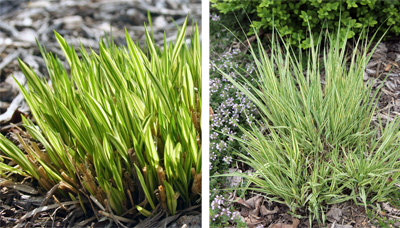
General Care of Purple Moorgrass
M. caerulea can be slow to establish. It does best in full sun in cool climates, but needs some shade in hotter locations. It likes ample water and fertile soils. It has few pests, is not preferred by deer, and is not affected by juglone, so can be grown near black walnut trees. This slow-growing cultivar rarely needs to be divided and resents being disturbed, but it can be propagated by division in the spring just as the foliage is emerging.
– Susan Mahr, University of Wisconsin – Madison
Last Update: Bruce Spangenberg, UW-Madison Extension, 2025

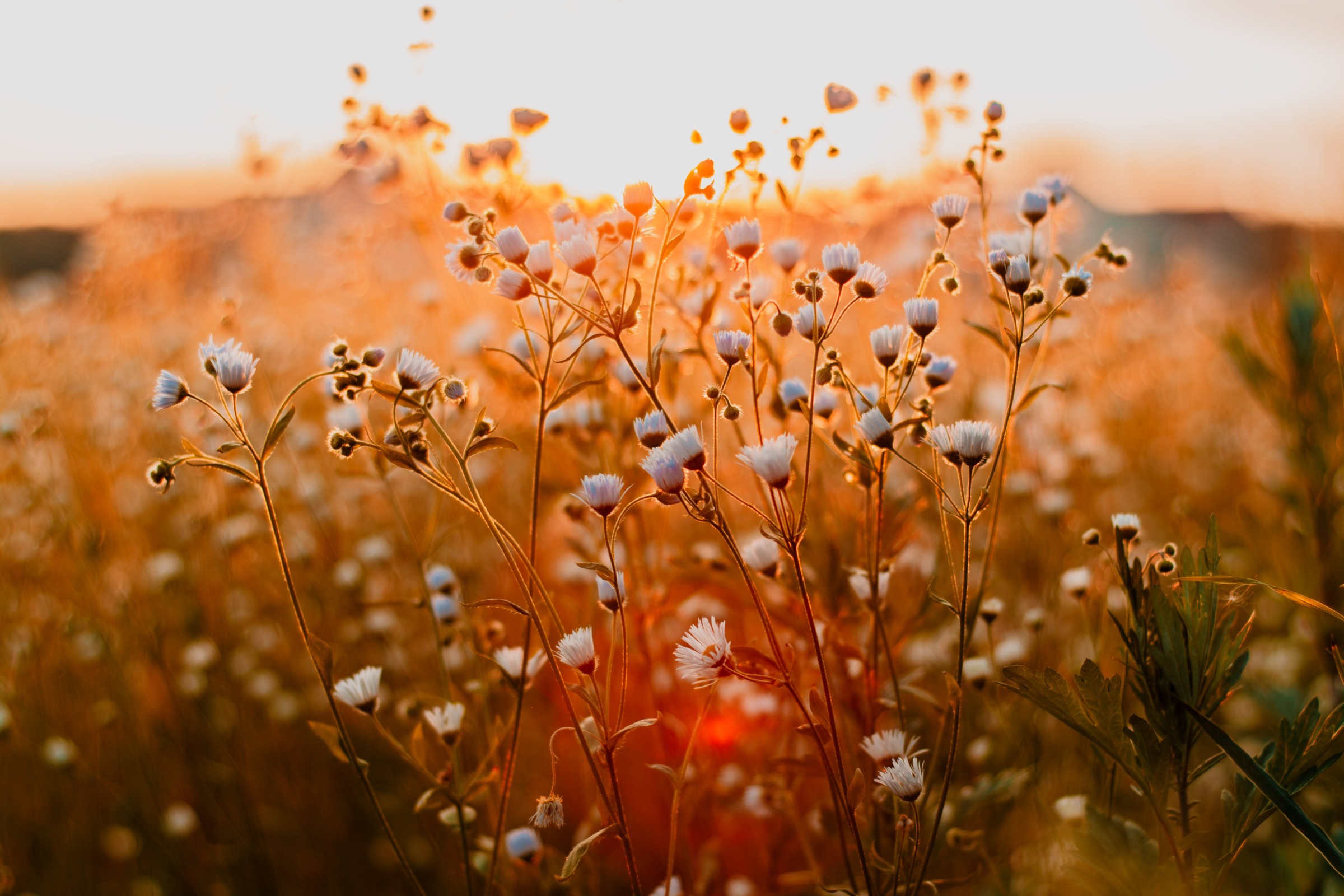
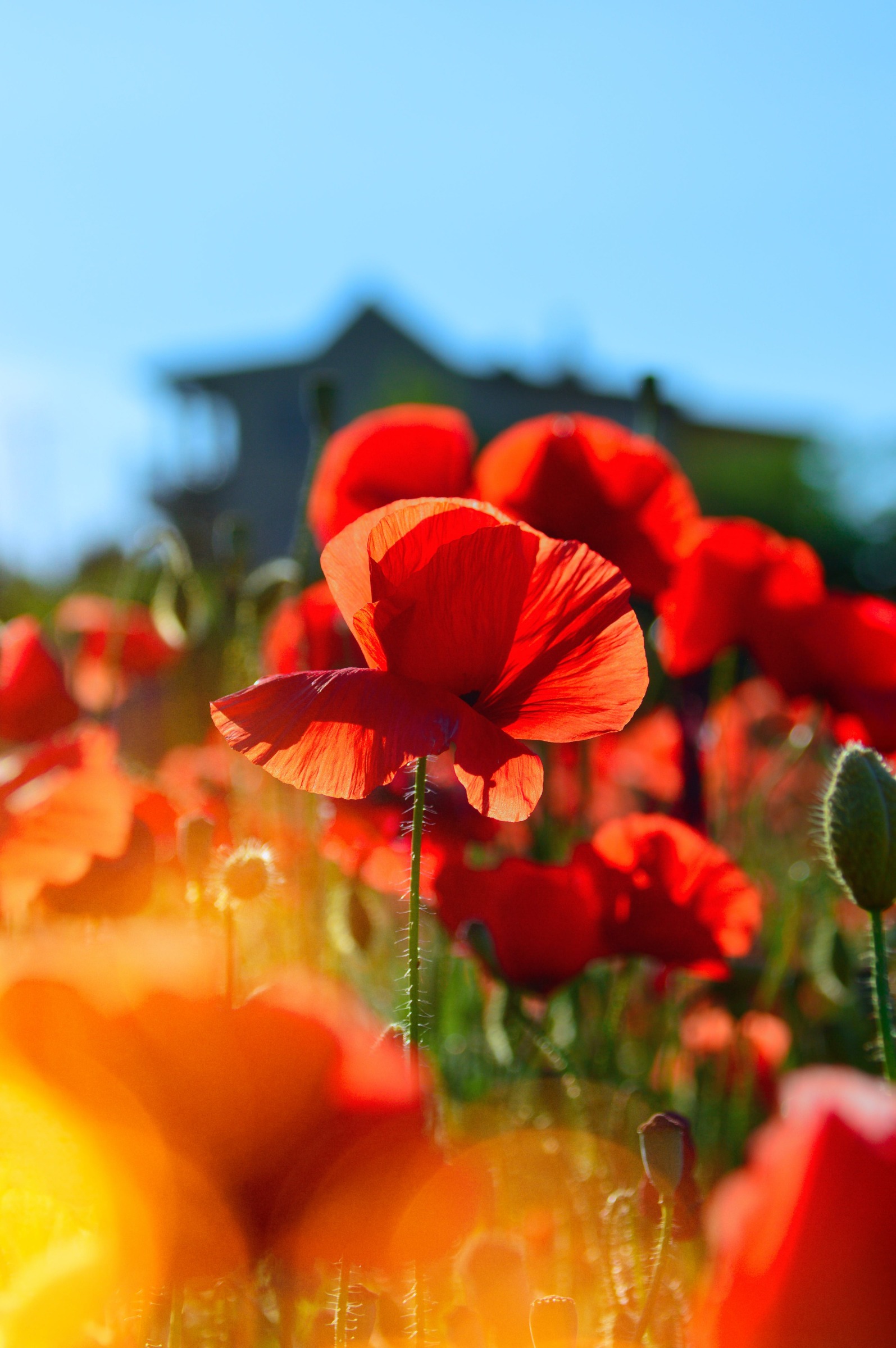
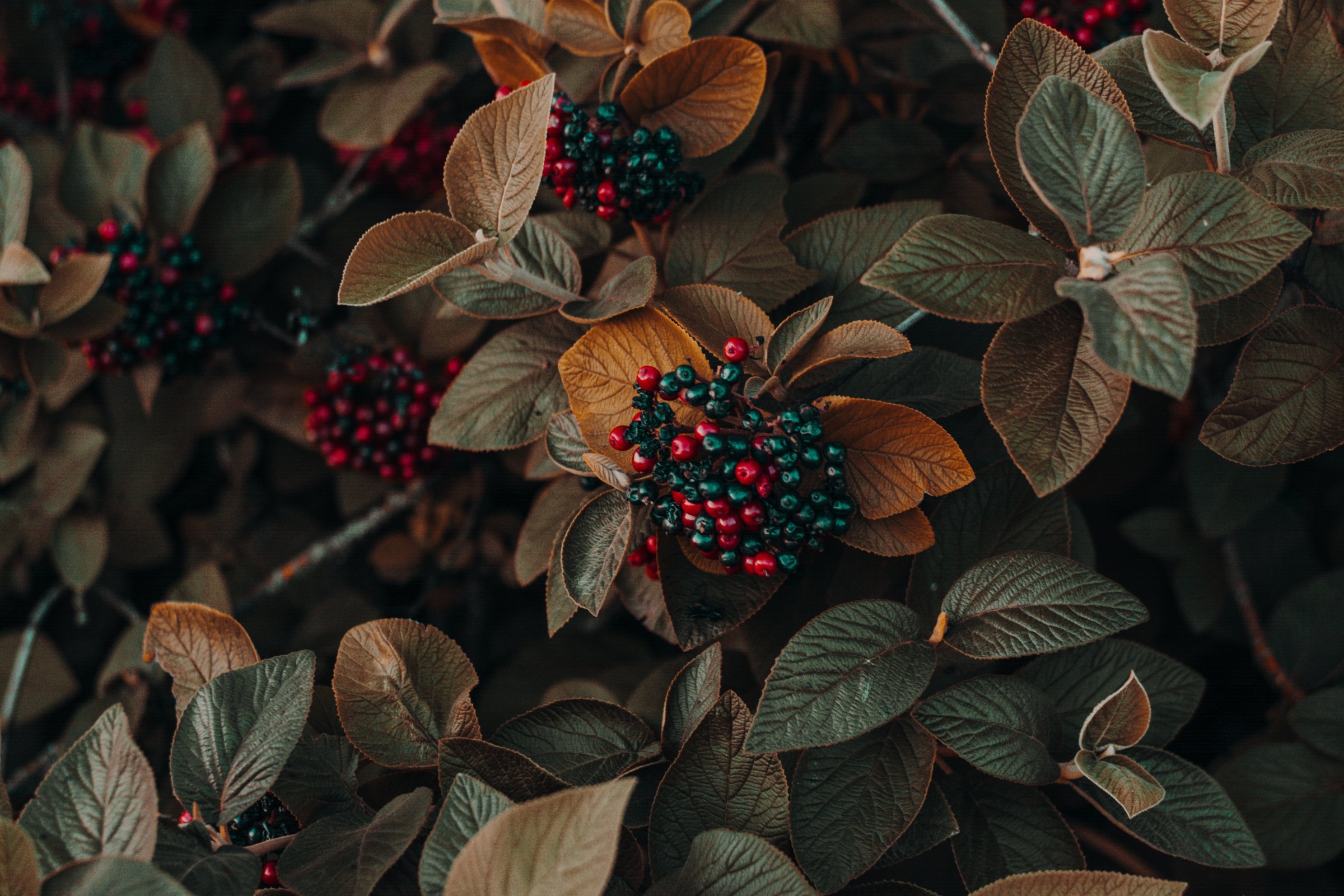
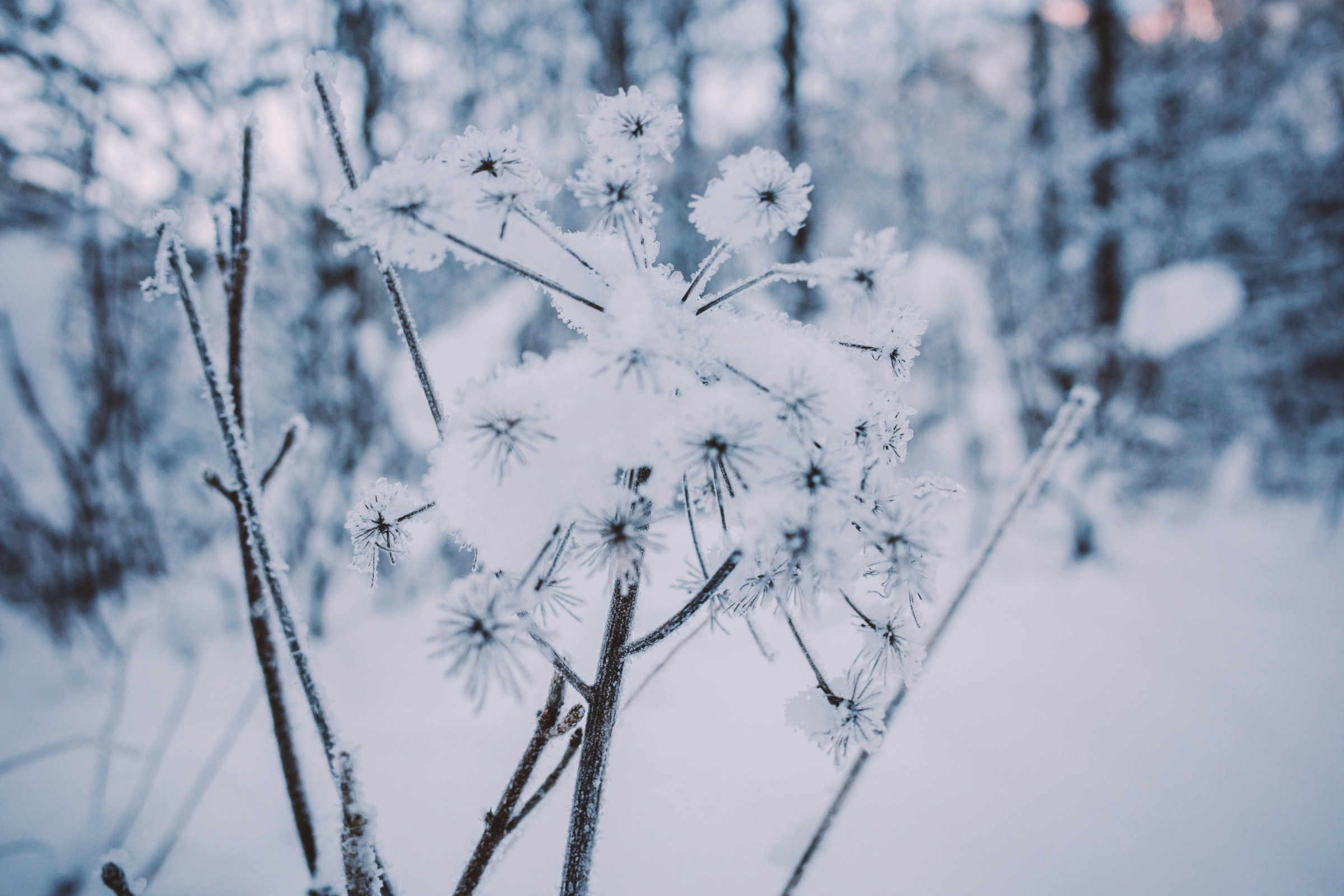
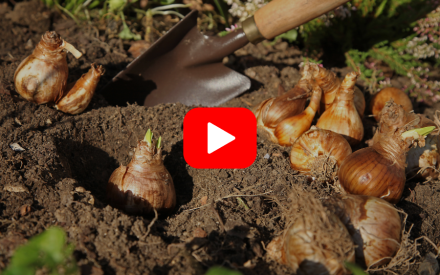 ▶︎ Watch: Fall Bulb Planting
▶︎ Watch: Fall Bulb Planting Aster, Symphyotrichum spp.
Aster, Symphyotrichum spp.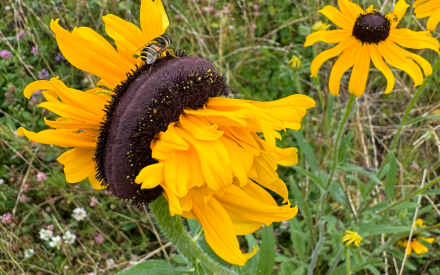 Fascinating Fasciation
Fascinating Fasciation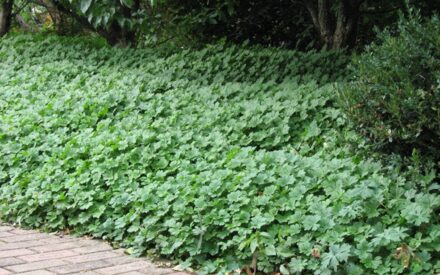 Alternatives to Lawn: Groundcovers
Alternatives to Lawn: Groundcovers


